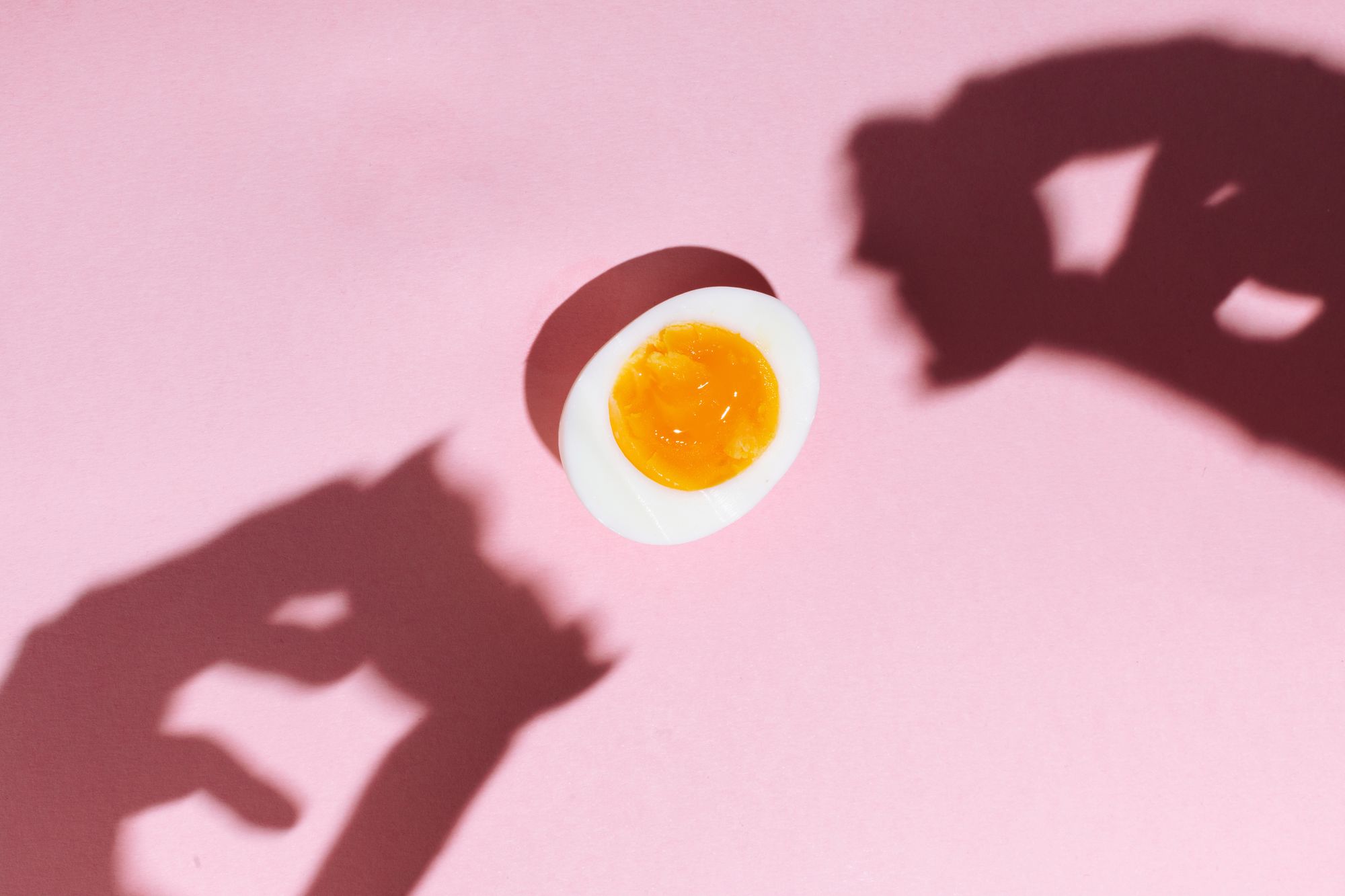Whether you fast before Easter or not, we can probably all agree that the delicacies put on the table during the festive period are worth waiting for. Despite the reign of international cuisine, traditional dishes are still common in Hungary, and there are countless domestic manufacturers and producers who prepare specialties that fit the festive menu. Whether you want an original recipe or a twist, there’s a wide selection to choose from. Perhaps the most beautiful thing about it is its simplicity—in the fifth episode of our series, we take a look at some of these. If you feel like reading the previous articles, you can find them here!
ne pazarolj—eggs
Easter eggs are part of a variety of Hungarian traditions. It symbolizes the resurrection of Christ, but it also has pagan roots as a symbol of the creation of the world and fertility. As well as being adorned with various decorative techniques (painting, batiking, wax defrosting, egg shoeing) to the delight of Easter sprinklers, it is also served cooked, but it is important to know where are the eggs sourced from. There are other alternatives to factory farming: in addition to farmers’ markets, there are eggs from free-range hens, kept on healthy fodder, offered in packaging-free shops such as ne pazarolj (do not waste—the Transl.) in Budapest.
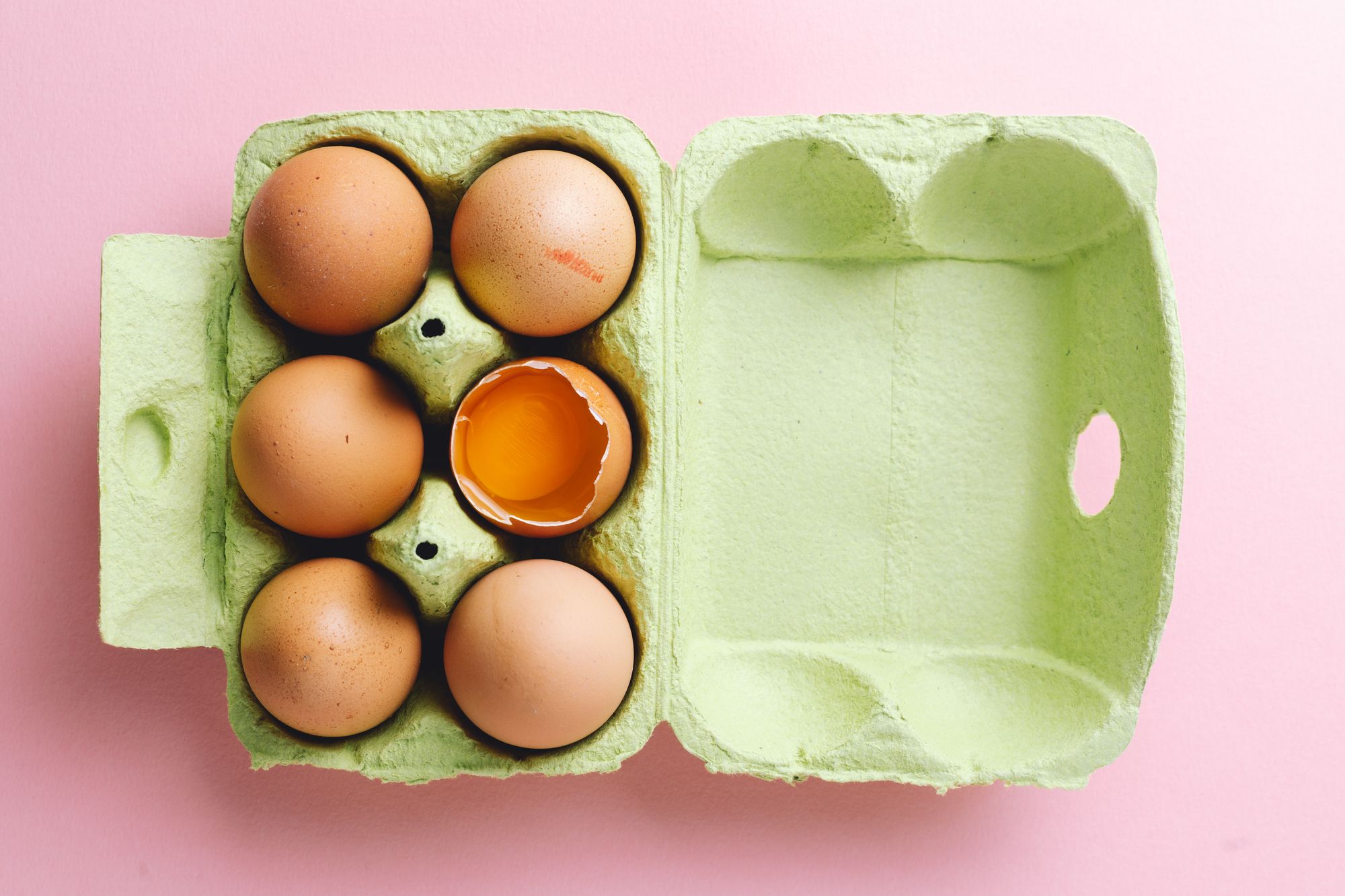
The size and shell color can vary, but that’s how you know it is from a truly authentic, small-farm environment. The shop also sells other Easter ingredients, such as dairy products, oilseeds, vinegar, and horseradish from producers, but if you fancy baking a kolach, you’ll also find everything you need here. Note that the last day ne pazarolj is open before the holiday is on the 6th of April.


ne pazarolj | Web | Facebook | Instagram
Henteslány—smoked ham
It is customary to end the fast with a real feast, including the serving of food that has been saved and treasured throughout the winter. A ham smoked over beech (or acacia) wood is just such a dish, which must be soaked the night before eating and cooked the next day in clean water with onions, pepper and bay leaves. No quick marinades or additives, if the meat is of high quality, none of that is necessary—that’s what Oxána Sztrehalet believes, whose career has taken her from photographer and teacher to butcher, straight into the hustle and bustle of her own butcher’s shop, the Henteslány (Butcher Girl—the Transl.) in Budapest.
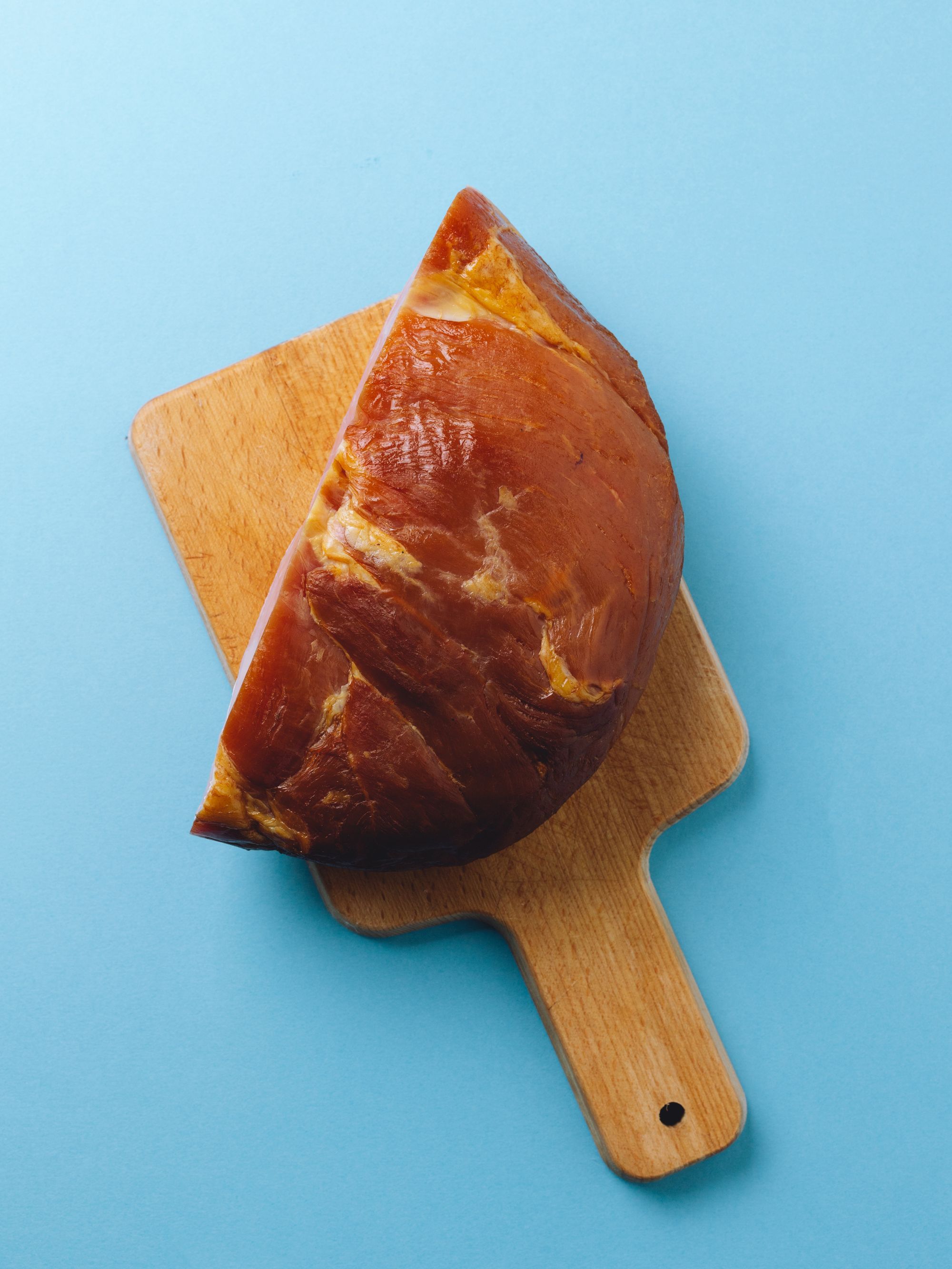
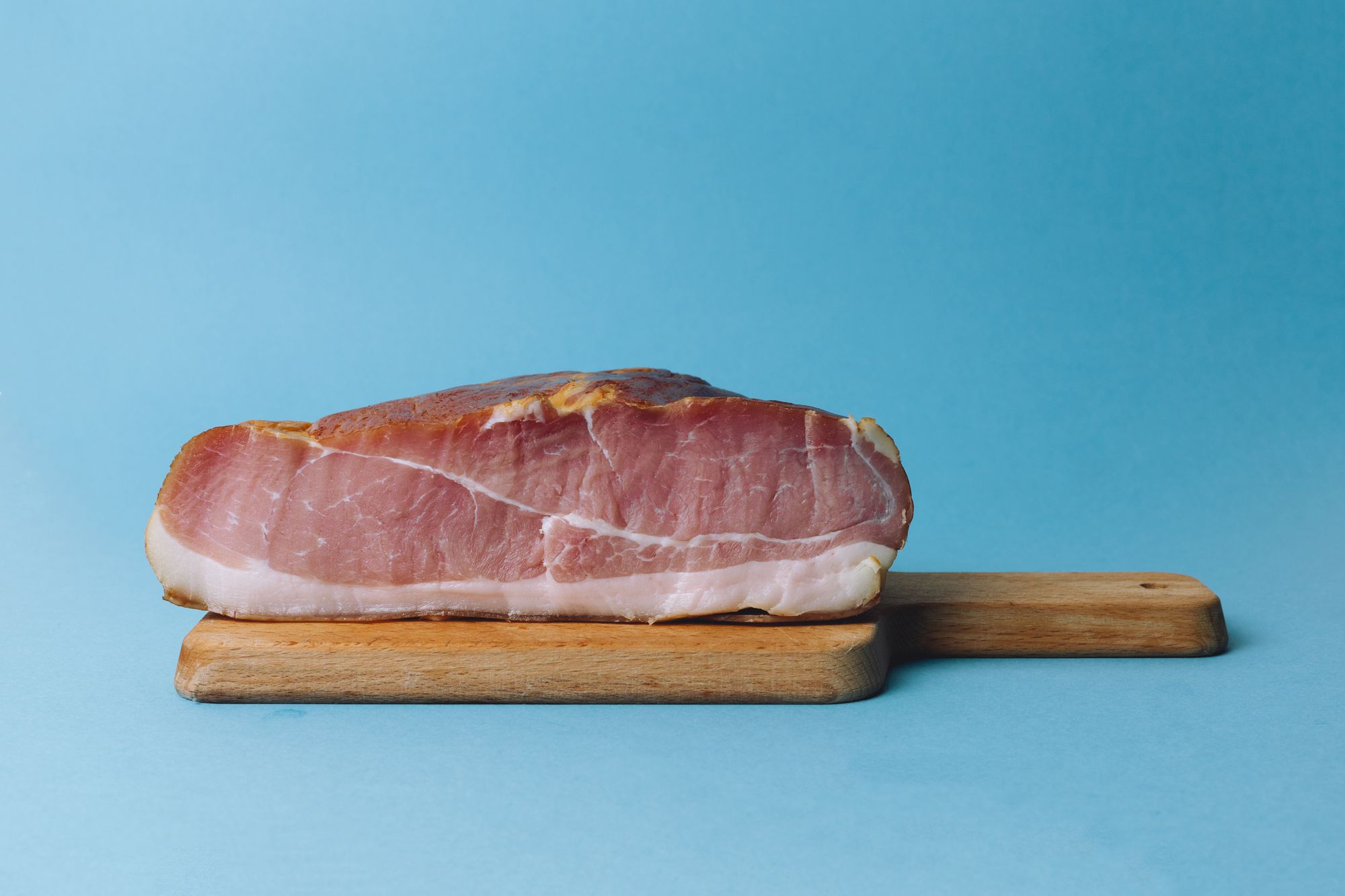
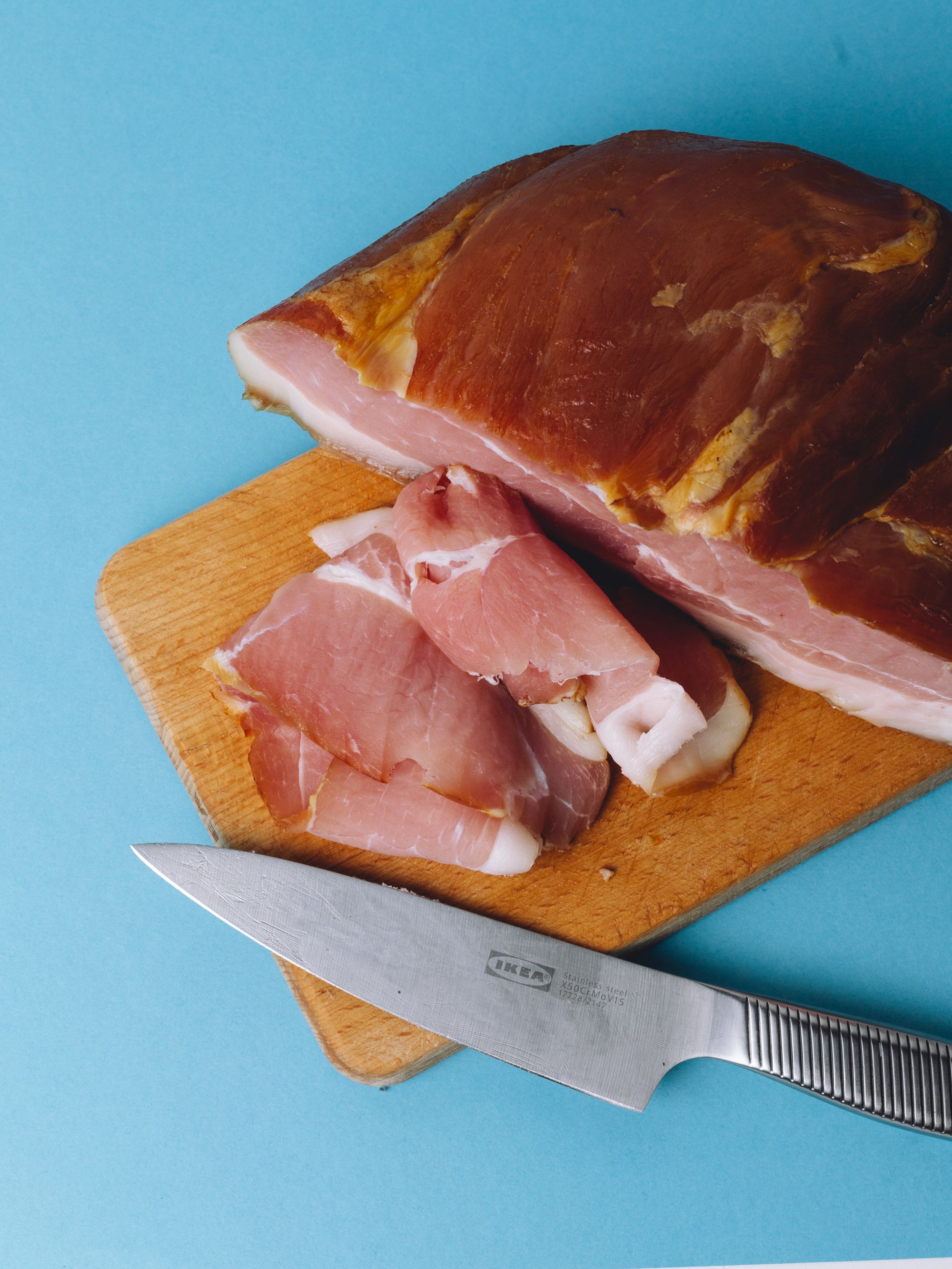
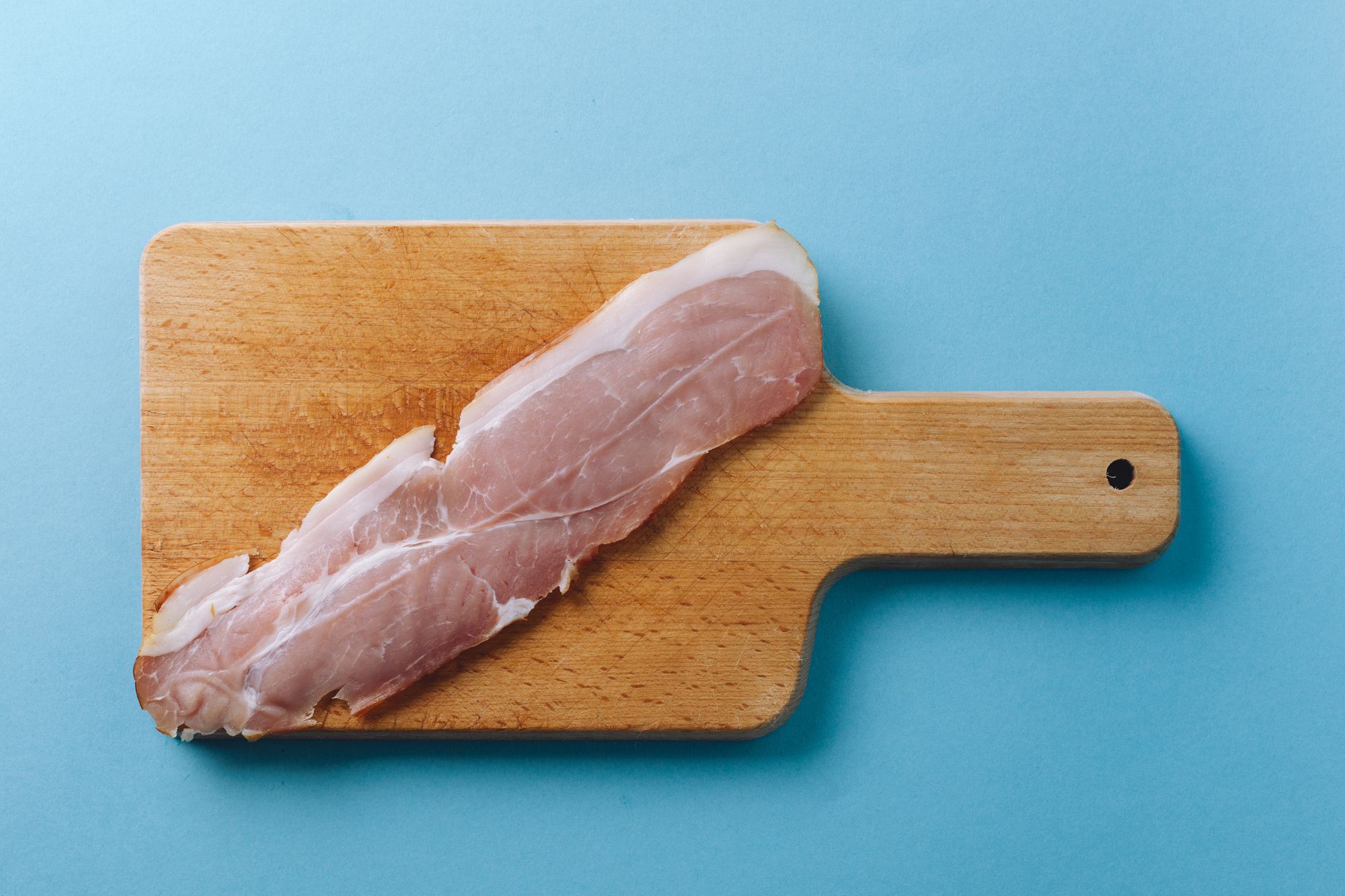
Besides selling impeccable quality meat products from Hungarian producers, she has been training herself for the past year, so the shop also offers her products, such as ready-to-cook lamb burgers, Tatar beef steaks, mangalica sausages, and baloney. The butcher’s also functions as a deli, with all kinds of gourmet products (horseradish, mushroom oils and essences, spice mixes, pickles) lined up on the shelves, so you can do all your holiday shopping in one go. And if you’re looking for information on meat, just ask Oxana—she’ll happily (and clearly) fill you in on the kitchen tricks.

Henteslány | Facebook | Instagram
Szorgos Gazda—horseradish with kapia peppers
Tending a garden is a challenge, but a rewarding one—when spring and summer come and you see the perfectly ripe tomatoes and purple eggplants hiding in the leaves, it makes up for everything. A good farmer, however, not only thinks of the pleasure and abundance of the moment but also appreciates what nature offers by trying to preserve its treasures in as many forms as possible. Pickling, preserving and vinegar pickling are cooking techniques with a long tradition that have made pickles and lecsó, or grated horseradish, a real springtime immune booster, a part of Hungarian cuisine.
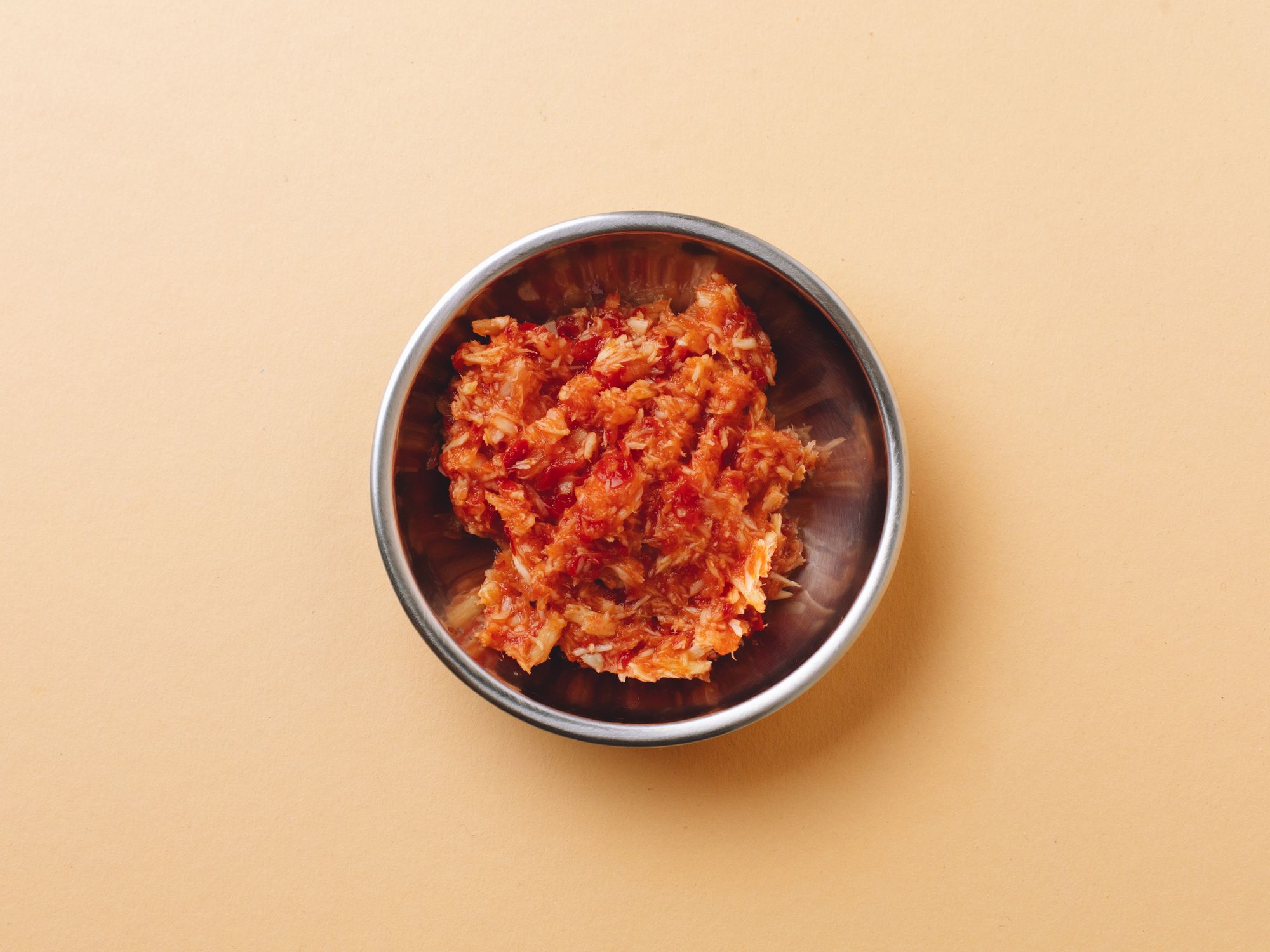
Szorgos Gazda (Diligent Farmer—the Transl.), and more precisely its owners, Gergely Gulyás and his wife Melinda, grow all kinds of fruit and vegetables on one hectare in Nagykáta, using chemical-free, bio-intensive methods. What doesn’t sell on the market is put into jars, in naturally but processed form: in addition to zakouska with porcini mushrooms, roasted tomato sauce, pickled cucumbers, or syrups, you can also buy exciting horseradish specialties, in beetroot, apple, or even kapia pepper versions, straight from the garden, with love. Hint: although it’s a little late to hit the markets before Easter, you can also find the pantry goods on the shelves of organic shops or Müller.
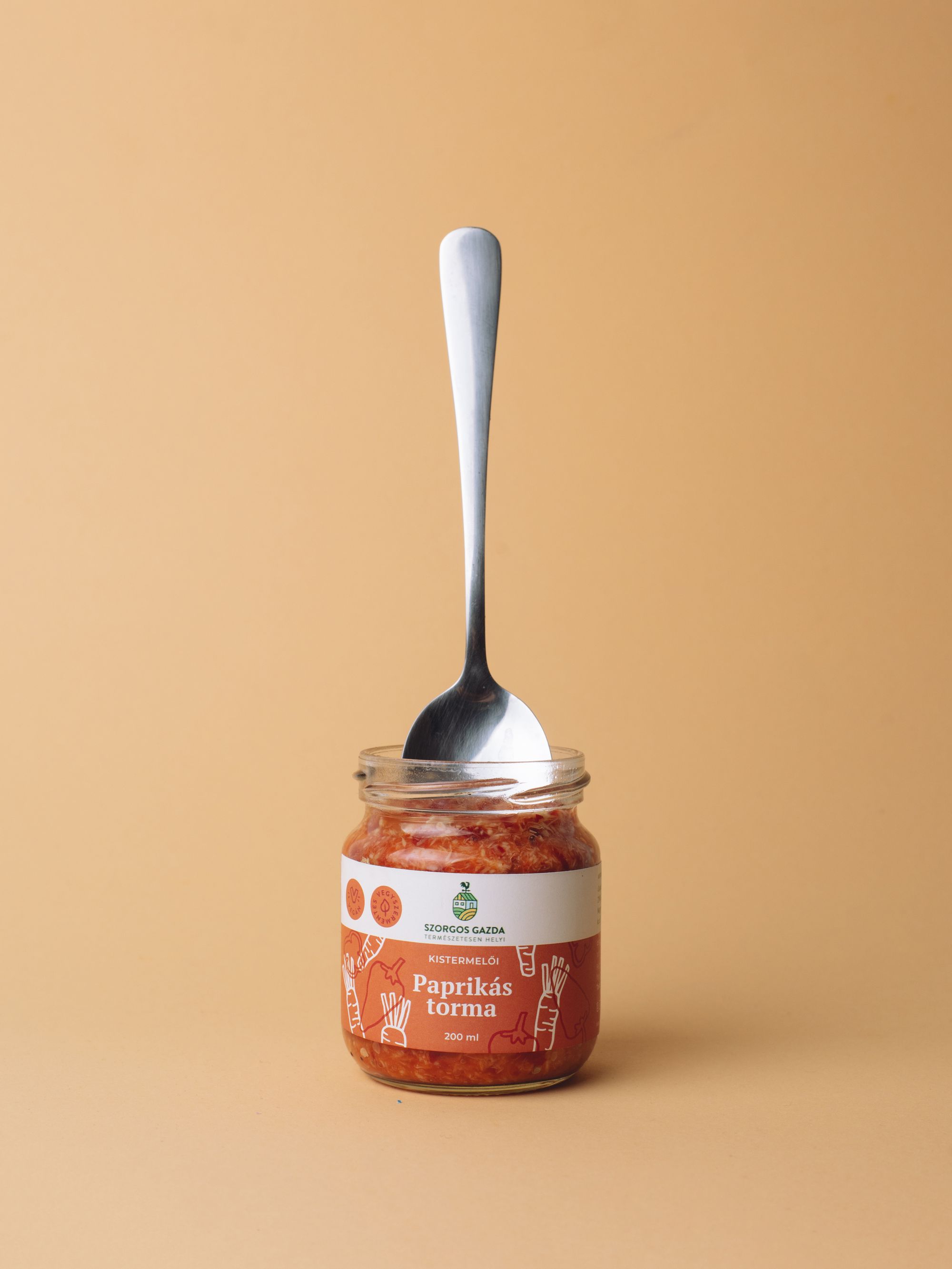
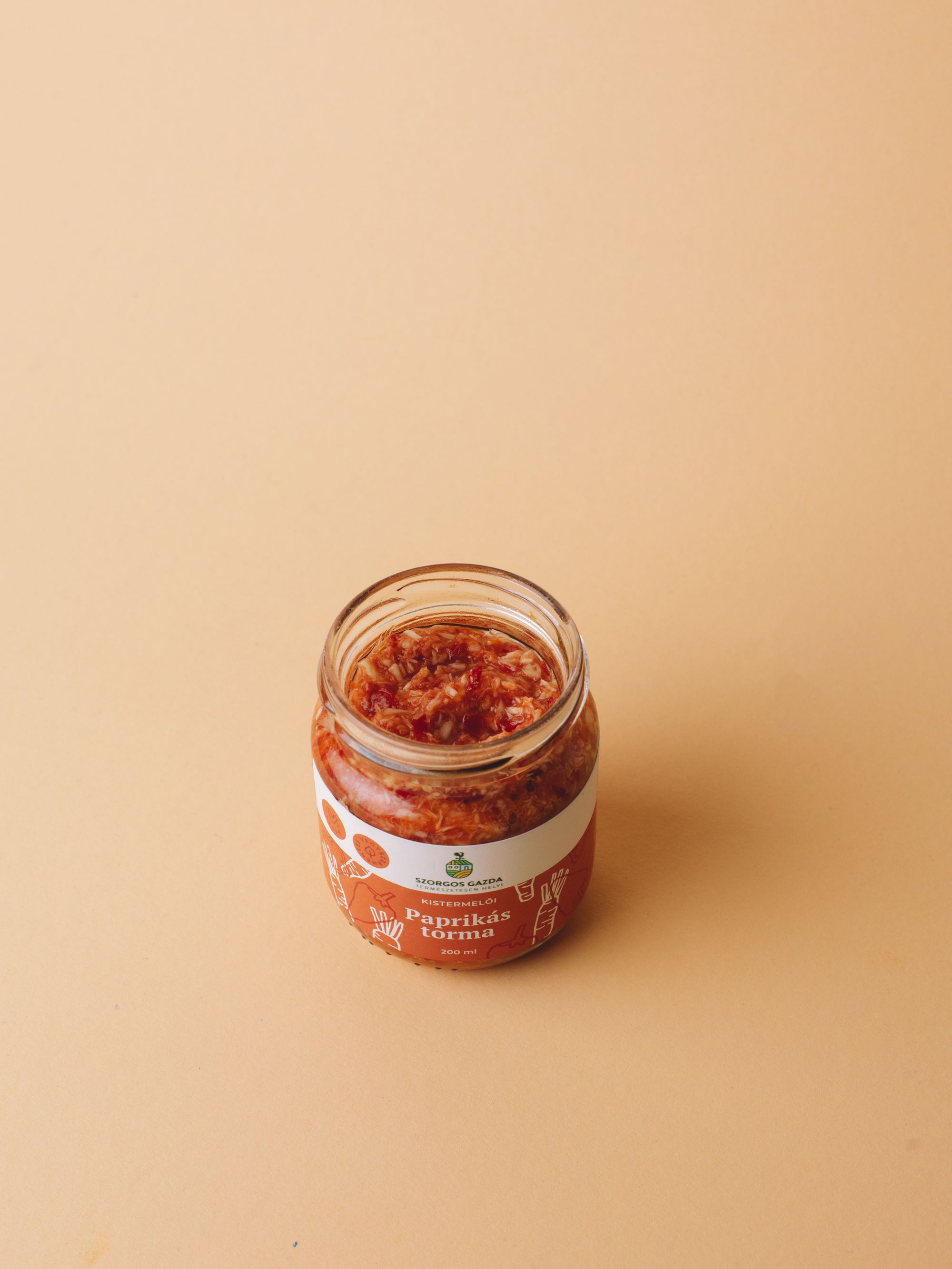
Szorgos Gazda | Web | Facebook | Instagram
Hearty Vegan Cakes—babka
The various kinds of kolaches are certainly something that should not be missing from the Easter table, as the traditional braided kolach symbolizes prosperity and abundance. However, similar baked goods can be found in the gastronomy of several nations besides Hungary, with many variations being popular all over the world. The babka or Jerusalem bread is an artfully braided pastry, which can be sweet or salty, be a main course or a dessert, made with oil or water instead of milk. Many people associate it with Jewish tradition (its popularity can be traced back to Yotam Ottolenghi, an Israeli-born, well-known London chef), but there are also suggestions of Slavic origins.



In addition to the rich filling and braiding technique, there is often a crumb crust or some kind of syrup or cream topping, and the number of possible varieties is endless—in addition to cocoa and nut varieties, Hearty Vegan Cakes, a shop in Budapest that is known for its amazing vegan cakes, has come up with frangipane and lemon cream and strawberry pistachio varieties, all of which are animal-free, of course. Flóra and her team’s kolaches are so popular that they are baked all year round. You can get a piece from them, as well as from partner cafés like OHANA or Budapest Baristas.

Hearty Vegan Cakes | Facebook | Instagram
Bzzz Honey—honey specialties
Is there anything better than a jar of honey to keep the spirit of spring alive? You might not realize just how many little elements (and how many industrious bees) need to be in the right place to get that golden nectar in the end. Typically, even people who don’t go to the market often prefer to buy honey from producers, but many may not know about the specialties that are available alongside the classic acacia, lime, and rapeseed honey... Week after week, Liviu Burlacu, beekeeper at Bzzz Honey, lines the shiny jars on the table at Pancs Gasztroplacc (but also in the shop of Taste the World, formerly Ázsia Bt.) in Budapest, where you can sample raspberry honey, grape honey, chestnut honey, black walnut honey, sage honey and more.
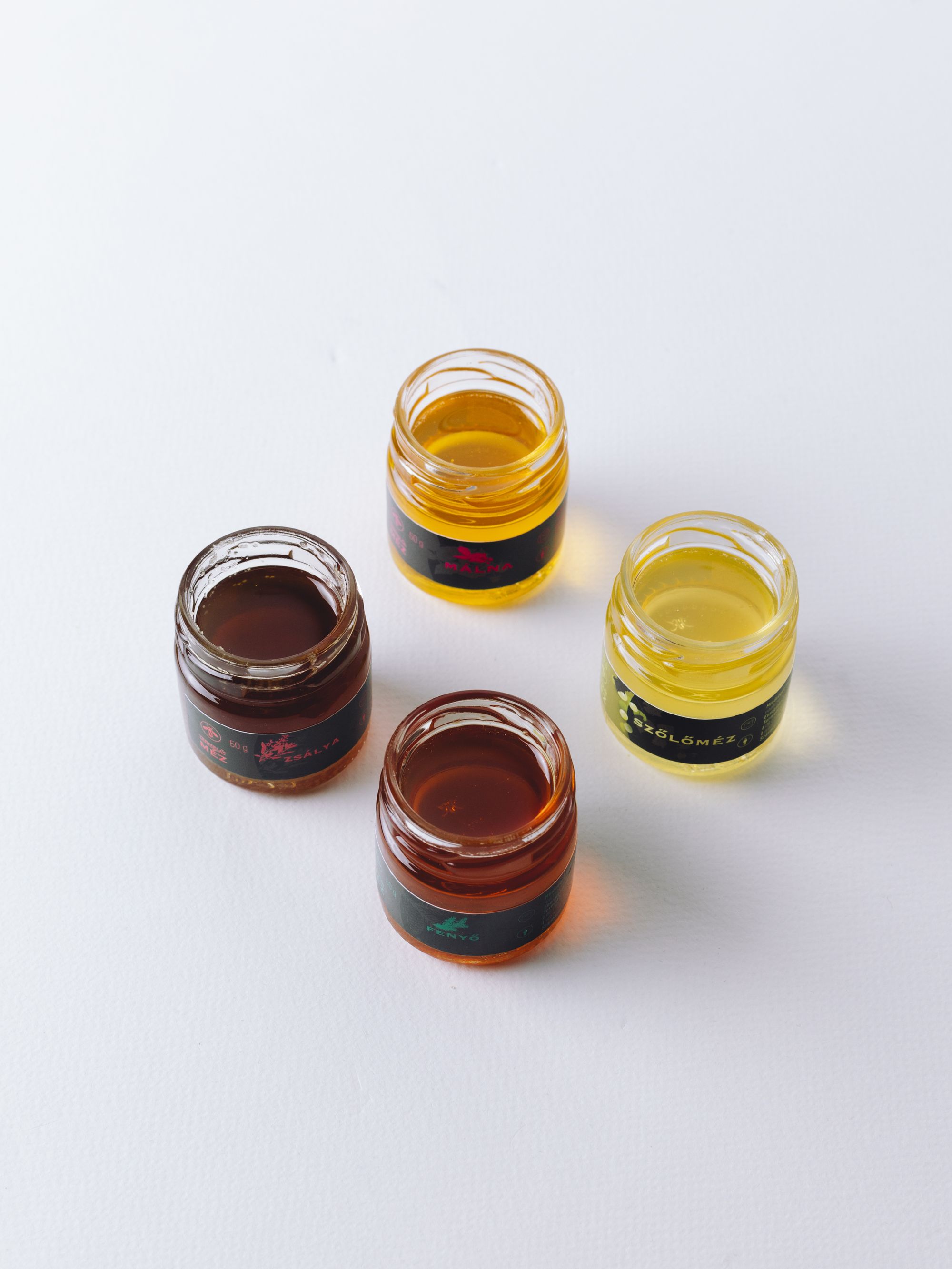

These are not flavored types but are made by bees from nectar collected from the flower of these plants. The method is this: the beekeeper knows exactly where, when, and what blooms. The first step in migrating bees is to contact the owner of the area and ask permission to put up the hive there. As the bees work during the day, the journey begins in the evening when they return to the hive. The beekeeper takes them and puts the hive out—the next day the bees need about half a day to orient themselves, but then they get to work. A bee lives for 42 days but can visit hundreds of flowers in a single trip, so it can carry a lot of nectar (roughly its own weight) in a short time. They also bring pollen with them using the hair on their bodies and legs and then return to the hive to ‘spit out’ the nectar that has already started to transform in their stomachs.
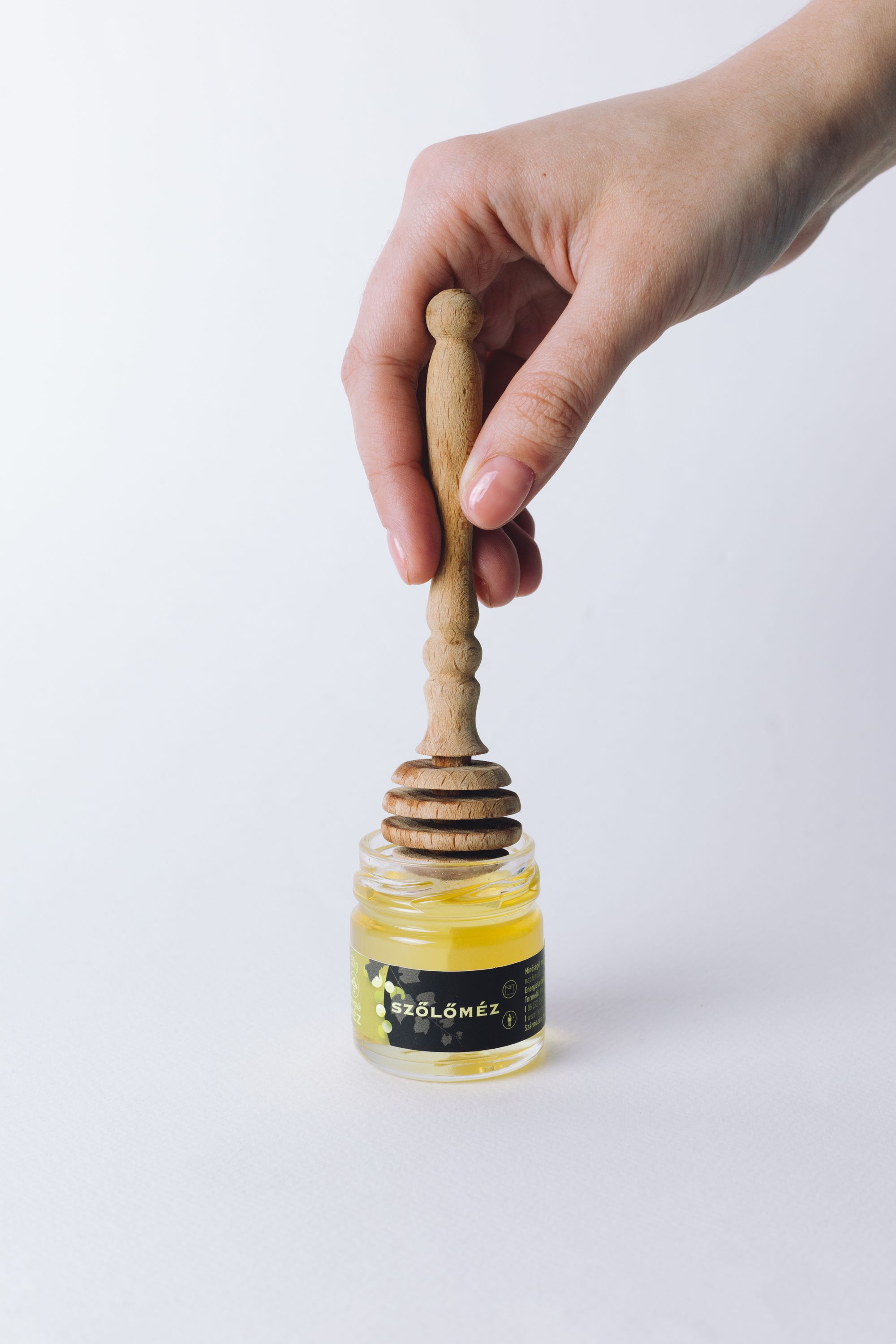
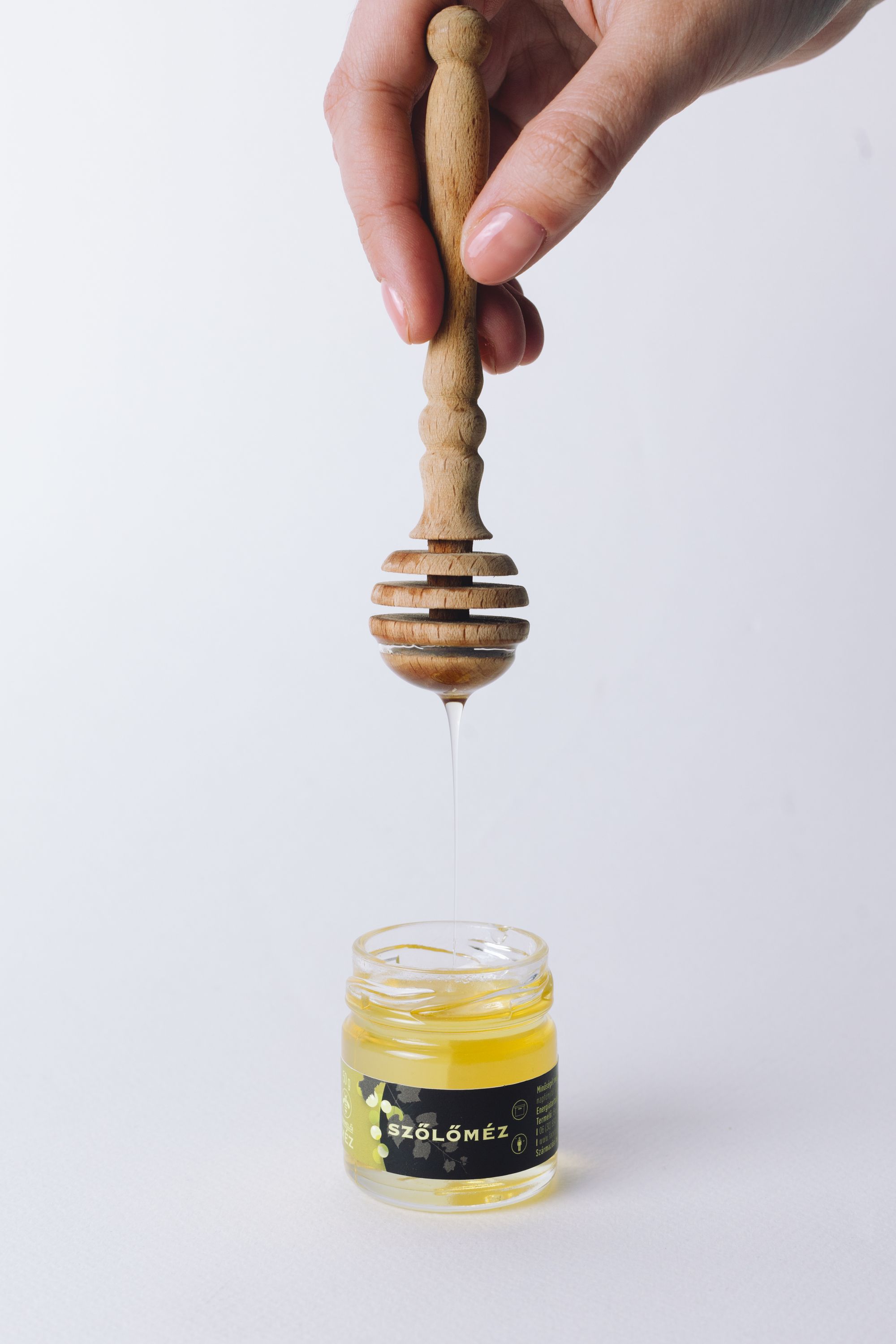
In hexagonal honeycombs, this is converted into honey, where it is reduced in water content and becomes sugar. When the comb is full and the process is complete, it is covered with a membrane, which is how the beekeeper knows that the honey can be extracted. This is a manual process, after which the comb is returned and the bees can use it again. Every drop of the result is a treasure, and you can smell the intense fruit or spice as you open the jar. That’s why each batch is different because it’s only a partially controlled process, with the bees sometimes collecting nectar from random areas, such as herbal nectars. Aside from the taste, it’s also worth trying for the effect: anti-inflammatory, immune-boosting, and energizing—just a few of its superpowers.


Bzzz Méz | Facebook
Photos: Dániel Gaál





New typefaces for the future and the culture: Introducing Threedotstype!

I always had doubts about the meaning of the European integration—interview with Václav Klaus










